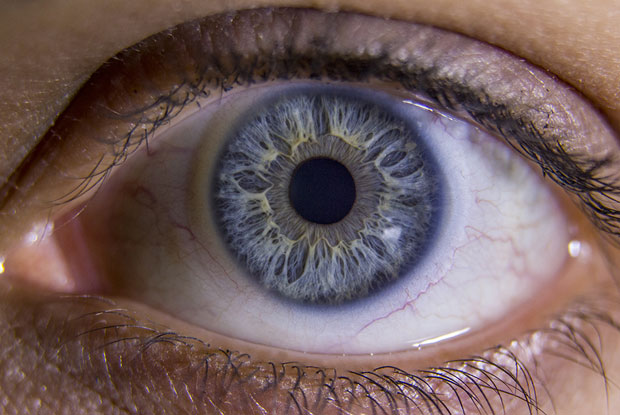Scott Draves’s Artwork
Scott Draves has created his artwork by writing software that works with a supercomputer consisting of 450,000 computers and people. The first versions of this are from the year 1992. Each image is a form of artificial life with thousands of numbers of fractals that define how it looks and moves
He created this collective intelligence “the Electric Sheep” in 1999 and it has been evolving and developing since. The system is based on an open source screensaver that any person can use and create their own displays. All the computers work together to make the animations, or “sheep”. ‘Sheep’ are fractal animations that can be designed by humans, generated by computers using a genetic algorithm, or a combination of both to make creative designs visuals. All the people contribute their creativity and aesthetics, open source, crowd source, and by voting.
The final creations of the art are like paintings by applying supercomputer power and the techniques of artificial intelligence to image synthesis. He creates works beyond geometry, beyond the mechanical, beyond the limits of a single human creator, and all with a fine level of detail rarely seen in digital art. Artificial intelligence is intelligence exhibited by machines or software. It is also the name of the academic field of study which studies how to create computers and computer software that are capable of intelligent behavior.
A fractal is a never-ending patterns that are infinitely complex. The patterns are similar across different scales and sizes. They are created by repeating a simple process over and over in an ongoing feedback loop. Fractals are images of dynamic systems and always have reoccurring patterns. They occur naturally all the time in nature in all types of environments. Another definition of fractals to help better understand them is that they are branches of geometry that explains irregular shapes and processes.
Here is just a screenshot image.

A screenshot of a computerized fractal patterns

Fractals in Nature

Fractals in Humans

Fractals in Nature
So More About Fractals?
What do mountains, food, and the stock market have in common? The answer to that is fractals.
What is a fractal? Again
A fractal is a geometric pattern that repeats at every level of magnification. Fractals are common in nature and are found nearly everywhere. One example could be broccoli. Every branch of broccoli looks just like its parent stalk. More examples are the surface of the lining of your lungs has a fractal pattern that allows for more oxygen to be absorbed. Such complex real-world processes can be expressed in equations through fractal geometry. Even to the everyday person, fractals are generally neat to look at even if you don’t understand what a fractal is. However to a mathematician it means a lot.
Why are fractals important?
Fractals help us study and understand important scientific concepts, such as the way bacteria grow, patterns in freezing water such as snowflakes, and brain waves, for example. Their formulas have made possible many scientific breakthroughs. Wireless cell phone antennas use a fractal pattern to pick up the signals better, and pick up a wider range of signals, rather than a simple antenna. Anything with a rhythm or pattern is considered being a fractal. “Casey Donoven, one of Montana State University’s newest recipients of the prestigious Goldwater Scholarship for excellence in science and math, uses fractals in his research to understand variations in heartbeats.”(Phys.org)
What is the social problem that we should bring awareness too? As I have mentioned before, fractals are everywhere. They occur naturally in nature. The problem we should bring awaerness to is, trying to protect our environment from harmful things. Fractals are amazing things and are very complex. We don’t give their greatest enough credit because we are so used to seeing them everywhere. However, we are slowly destroying the planet that keep us alive. If we keep doing what we are doing, the earth will be nothing to us anymore and we will not survive. We need to preserve our earth and the fractals in it.
Want to make your own normal fractals? Visit this link!
http://sciencevsmagic.net/fractal/#0060,0090,1,1,0,0,1


